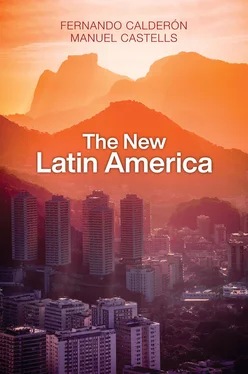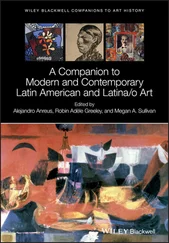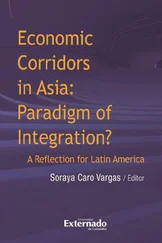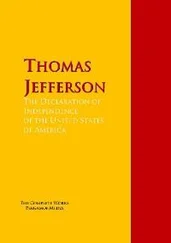Table 1.2: Changes in the Human Development Index, 1990–2015
Source: Authors’ own calculations, based on the Human Development Report, 2016 (UNDP, 2016)
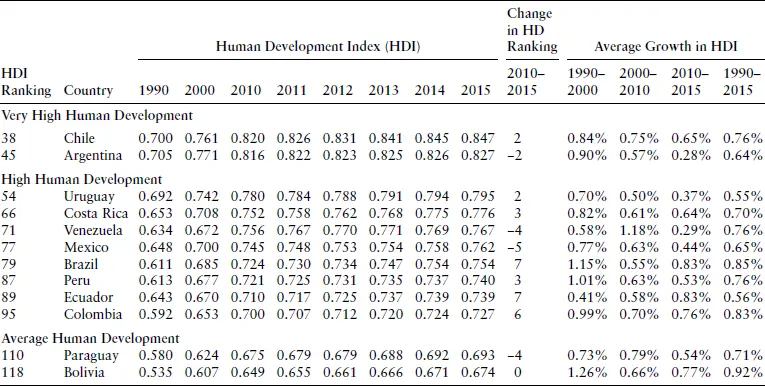
Furthermore, the new hegemony of the state was built on weak political institutions, especially weak political parties. These quickly became vulnerable to creeping corruption and clientelism in a context of democratic freedoms in which civil society could be mobilized and the media and social networks used as instruments of denunciation. In the middle of the 2010s, the state’s hegemony entered a period of crisis, caused by a combination of national and regional political factors as well as by the crisis in, and contraction of, the global market. This has led to a new historical turning point for politics and development in the region. Both the economic model centered on the market and the model of development centered on the state seem to have been weakened, and both seem to be undergoing a process of further weakening. It is still not clear what will result or where we should look for political alternatives. What new politics of development might allow us to envision a new democratic order?
The Rise and Fall of Neoliberalism
After a lost decade, Latin America’s socioeconomic development in the 1980s and 1990s was characterized by accelerated integration into the global economy. This process led to dependency and was unsustainable. It entailed the liberalization of markets and the privatization of formerly public industries and of natural resources. For both businesses and states, this process led to the formation of strategic alliances with multinational corporations, particularly in banking, communications, and technology. This meant decreased dependency on the United States, and it allowed for technological modernization, especially in the use of communications technologies and the expansion of digital media. However, during these years, Latin America witnessed spreading corruption, was subjected to the interests of multinational corporations, and suffered from the lack of a model of informational development that would allow its economies to become truly competitive in a global information age. Massive increases in poverty, inequality, and vulnerability to economic crises (including the Tequila crisis of 1995, the crisis in Brazil in 1999, and the Argentinean collapse that led to the bank freeze in 2001) marked the limits of the region’s integration into the global economy. It was clear that Fernando Fajnzylber’s strategy, which called for productive transformation “with equity,” was the only one that might have made Latin America into a modernized region that was competitive in its own right (1990). But the political conditions for implementing this strategy did not exist in any Latin American country in the last decades of the twentieth century.
According to a study undertaken by the United Nations Development Programme (2004), there were increases throughout the region in economic reforms implemented between 1981 and 1990 and again between 1988 and 2003, accompanied by an increase in rates of electoral democracy. Nevertheless, these increases did not translate into significant reductions in rates of poverty, indigence, inequality, or unemployment. The average rate of poverty fell from 46 percent in the period between 1981 and 1990 to 41.3 percent in the period between 1998 and 2003. And, in fact, in the Southern Cone (the sub-region with the highest rate of economic reforms), unemployment actually increased by three percentage points during this time. Rates of poverty and indigence also increased in this period, from 25.6 percent to 26 percent and from 7.1 percent to 8.7 percent, respectively.
We can identify an unfortunate lack of change in the rate of participation of the region’s GDP in global GDP. According to the World Bank, since the 1980s, this has remained around 8 percent. By contrast, China’s relative participation in global GDP went from 2 percent to 11 percent between the 1980s and the second decade of the twenty-first century (World Bank, 2018).
Social protests and political challenges attending neoliberal globalization led to openings in the political systems of many countries (Calderón, 2008). In Venezuela, this resulted in the taking of institutional power by new political actors through elections. These new actors launched the Bolivarian Revolution after the election of 1998, and they were then strengthened by a series of electoral victories for Hugo Chávez and his followers. Nicaragua, Ecuador, and Bolivia elected governments that challenged the Washington Consensus with left-wing strategies for autonomous nationalist development. Costa Rica continued its policies of social democratic pacifism and modernization and preserved its tropical welfare state. Brazil, Argentina, and Uruguay clearly positioned themselves against global financial capitalism even while they were integrated into global competition. On the other hand, in Colombia, the civil war and the paramilitary state led by Álvaro Uribe prevented political change for a time, although this type of change did take place at the municipal level, especially in Medellín and Bogotá. Peru maintained the neoliberal model promoted by Alberto Fujimori in partnership with various political coalitions. And in Mexico, the infiltration of the state by drug cartels created a context of particularly violent confrontation both within and between the cartels and the state apparatuses; estimates suggest that more than 235,000 lives were lost between 2006 and 2016, leading to a dire situation in one of Latin America’s major countries. 2
The Chilean model of neoliberalism was a special case. We note that, importantly, there were two models of development in Chile, whose democratic model was neoliberal at the level of the economy but not at the level of the state. In his book about development in Chile, Castells (2005) draws an empirical distinction between these two models of development in Chile: the neoliberal, authoritarian, and exclusionary model that prevailed under Pinochet’s dictatorship (1973–89), and the liberal, democratic, and inclusive model that first took effect in 1990 under the transitional governments of the Concertación and reached its fullest expression during the administration of Ricardo Lagos between 2000 and 2006. The data and analyses presented in Castells (2005) demonstrate that, when one compares the two periods, the democratic model was much more efficient in terms of economic growth, limited inflation, indicators of human development, macroeconomic stability, productivity, and international competitiveness. At the same time, human rights were affirmed, and democracy was reinstated, though with some limitations inherited from the dictatorship. Poverty and extreme poverty were significantly reduced. Although inequality in the distribution of incomes remains high in Chile when the country’s economy is compared with that of Argentina or Uruguay, for example, a decrease in this tendency can also be observed. In 2016, the Gini coefficient for Chile was 0.453, whereas at the beginning of the 1990s it was over 0.500.
On the other hand, free market policies, at both the domestic and the international levels, were central to Chile’s strategy for development, and widespread liberalization continued, in keeping with a forceful strategy that prioritized exports. Thus, copper mines (the source of “Chile’s salary”), which had been nationalized by Allende, remained in the public sector, since Pinochet did not reverse Allende’s nationalization, choosing instead to retain direct control over Chile’s main source of wealth and to use this control for the predatory accumulation of a personal fortune. In general, it seems to us demonstrably true that the strictly neoliberal model in Chile ended in 1990, but some of its economic traits continued to mark Chile’s successful development, because businesses, a democratically controlled state, and a legitimate government defused social resistance and the kind of political challenges that the neoliberal model faced in other countries. This was because Chile was able to sustain economic growth and to increase its productivity and competitiveness during the post-dictatorship years. The process of modernization nevertheless generated a certain discontent in the population, which, as the report on human development released by the United Nations Development Programme in 1998 noted, even began to question the value of modernization itself. This discontent also had political and subjective effects associated with inefficiency and widespread political corruption.
Читать дальше
